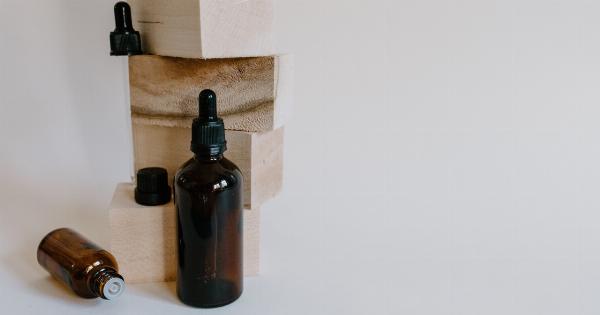As a parent, you may occasionally find yourself dealing with unusual situations. One such situation that might leave you scratching your head is when you suspect your child has a bun stuck in their nose.
Yes, it may sound strange, but kids have a penchant for sticking things where they shouldn’t. So, in this article, we will explore the signs that indicate your child may have a bun stuck in their nose and what to do about it.
1. Foul Odor
If you notice an unpleasant odor coming from your child’s nose, it could be a sign that something is stuck up there. Buns, when left unnoticed, can start to decompose and cause a foul smell.
2. Difficulty Breathing
A blocked nostril due to a bun can lead to breathing difficulties for your child. If you notice them struggling to breathe or constantly breathing through their mouth, it’s a red flag.
3. Constant Discomfort
Children with a bun stuck in their nose may often complain of discomfort or pain in their nasal passage. They may touch or rub their nose frequently to alleviate the feeling of something being lodged.
4. Frequent Nosebleeds
A bun stuck in the nose can irritate the nasal lining, leading to frequent nosebleeds. If you notice your child having nosebleeds without any apparent reason, it’s worth investigating if there’s something lodged in their nose.
5. Persistent Runny Nose
A constant runny nose, especially from a single nostril, could be a sign of a foreign object like a bun stuck in the nasal cavity. If the runny nose doesn’t subside with time, it’s necessary to find out the cause.
6. Sneezing
Your child may experience excessive sneezing as their body’s natural reflex to expel the foreign object, in this case, a bun. If you notice them sneezing more frequently than usual, it’s time to investigate the cause.
7. Irritability
Children may exhibit signs of irritability when something is bothering them. If your child seems unusually cranky and you’ve ruled out other possible causes, consider the presence of a bun stuck in their nose.
8. Visible Object
In some instances, you may be able to see the bun in your child’s nose. If you notice a small object lodged in the nostril, don’t attempt to remove it yourself. Seek medical assistance to ensure safe removal.
9. History of Putting Things in Nose
If your child has a history of putting objects in their nose, then the likelihood of a bun being stuck increases. Some kids are more prone to exploring their nasal cavities with various objects.
10. Sudden Allergic Reactions
A stuck bun can trigger allergic reactions in some children. Symptoms like excessive itching, redness, or swelling around the nose should not be ignored.
If you notice any of these signs or suspect that your child has a bun stuck in their nose, it’s crucial to take action. Here’s what you can do:.
1. Stay calm and reassure your child. Panicking may escalate their anxiety levels.
2. Don’t try to remove the bun yourself using tweezers or other tools as it may push the object further or cause injury. Seek professional help instead.
3. Contact your pediatrician or visit the nearest emergency room. They have the expertise and tools to safely remove the foreign object.
4. Follow the doctor’s instructions, which may include using saline sprays or drops to moisten the nasal passage and to aid in the expulsion of the bun.
Remember, prevention is better than cure. To avoid such situations, ensure your child is not left unattended with food items that can fit into their nostrils.
Educate them about the risks of sticking objects in their nose to minimize the chances of recurrence.
Conclusion
While it may seem bizarre, having a bun stuck in your child’s nose is not unheard of.
The signs of a stuck bun include foul odor, difficulty breathing, constant discomfort, frequent nosebleeds, persistent runny nose, excessive sneezing, irritability, visible object, history of nose-object exploration, and sudden allergic reactions. If you suspect a foreign object in your child’s nose, seek medical assistance to ensure safe removal. Stay vigilant and educate your child about the risks to prevent future occurrences.






























